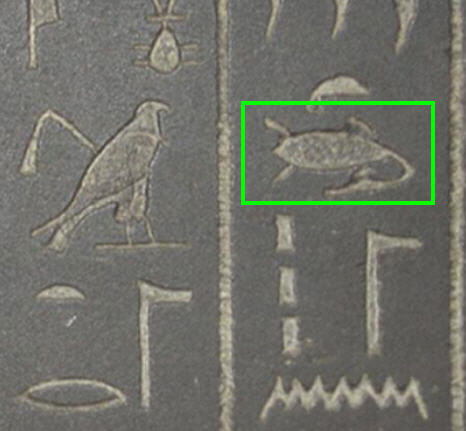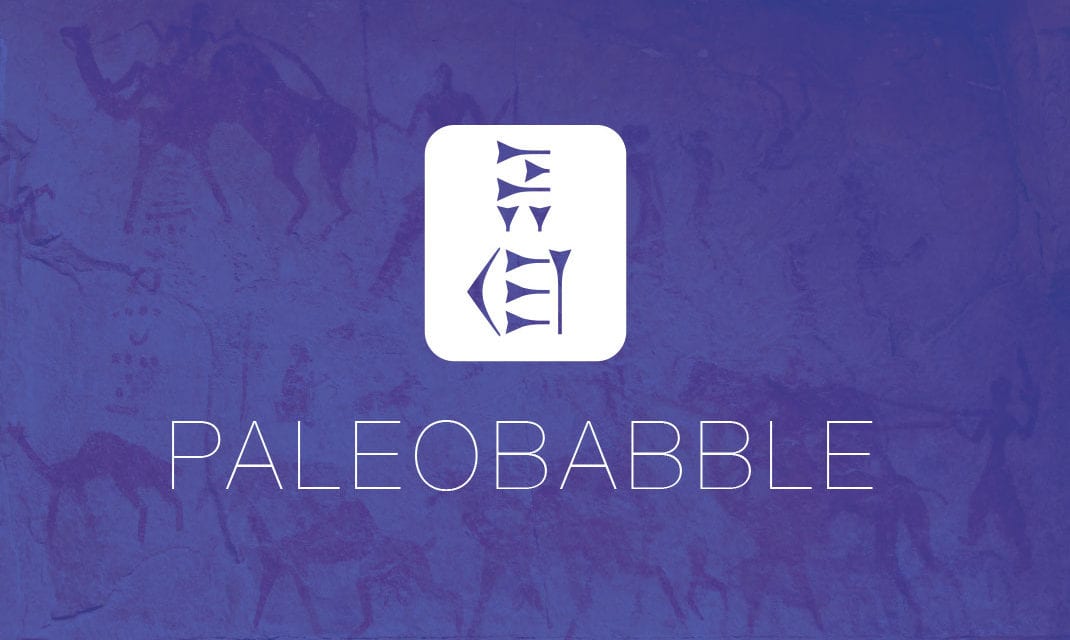A long time ago I blogged about the fact that certain “dinosaur petroglyphs” were really not ancient depictions of dinosaurs. The same goes for ancient Egyptian texts. There are a number of sites on the Internet (sadly, some maintained by Christians) that tout images like this one as evidence of human-dinosaur contemporaneity:

Sorry, but this isn’t a plesiosaur. It’s a well-know hieroglyph for something entirely different. For a thorough presentation of this paleobabble and its resolution in (perish the thought) primary texts), click here. It’ll make you laugh once you discover what the object really is.
While we’re at it, I’ve mentioned many times on the podcast and other venues that Leviathan, a sea monster mentioned in the Bible, was not a dinosaur. Leviathan is a symbolic portrayal of chaos or a chaos deity. It is known by name in contemporary Ugaritic texts.
As McLaughlin notes, Leviathan is:
A primeval sea serpent representing chaos. Leviathan appears in the Ugaritic texts as Lītānū. KTU 1.5 I, 1 describes how Baal smote Lītānū, “the twisting [cf. Arab. lawiyā] serpent, the tyrant with seven heads” (likewise Anat [KTU 1.3 III, 40–42], but lacking the name Lītānū). Ancient Near Eastern iconography consistently depicts the storm-god conquering the serpent.
John L. McLaughlin, “Leviathan,” ed. David Noel Freedman, Allen C. Myers, and Astrid B. Beck, Eerdmans Dictionary of the Bible (Grand Rapids, MI: W.B. Eerdmans, 2000), 803.





Technically, pleisosaurs are not dinosaurs. They are large aquatic reptiles like sea turtles and crocodiles that happen to have lived around the same time as dinosaurs.